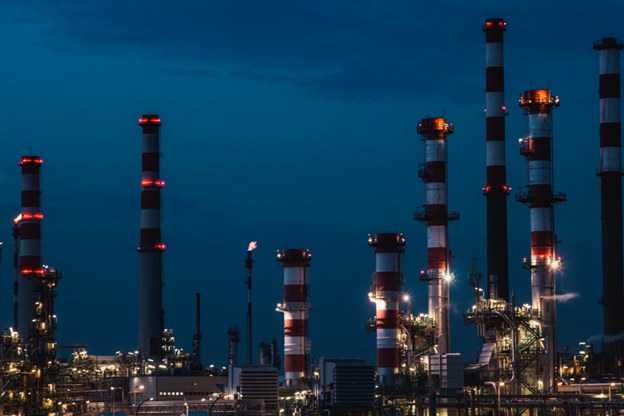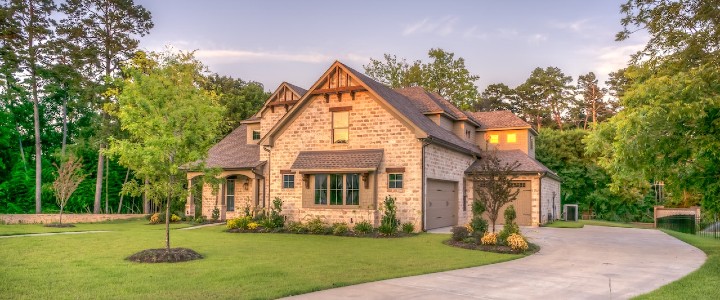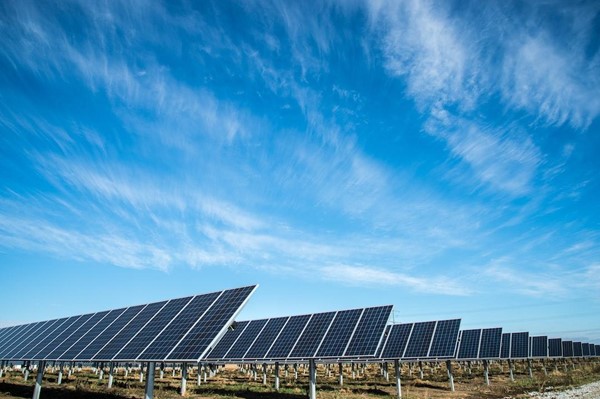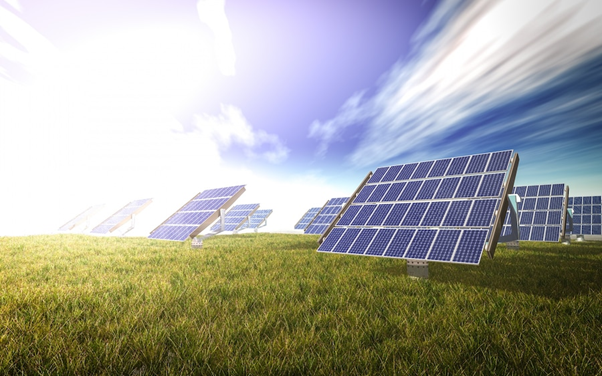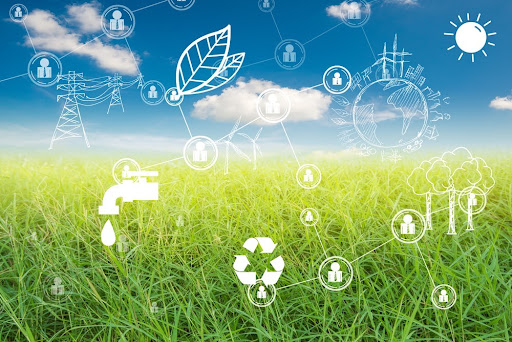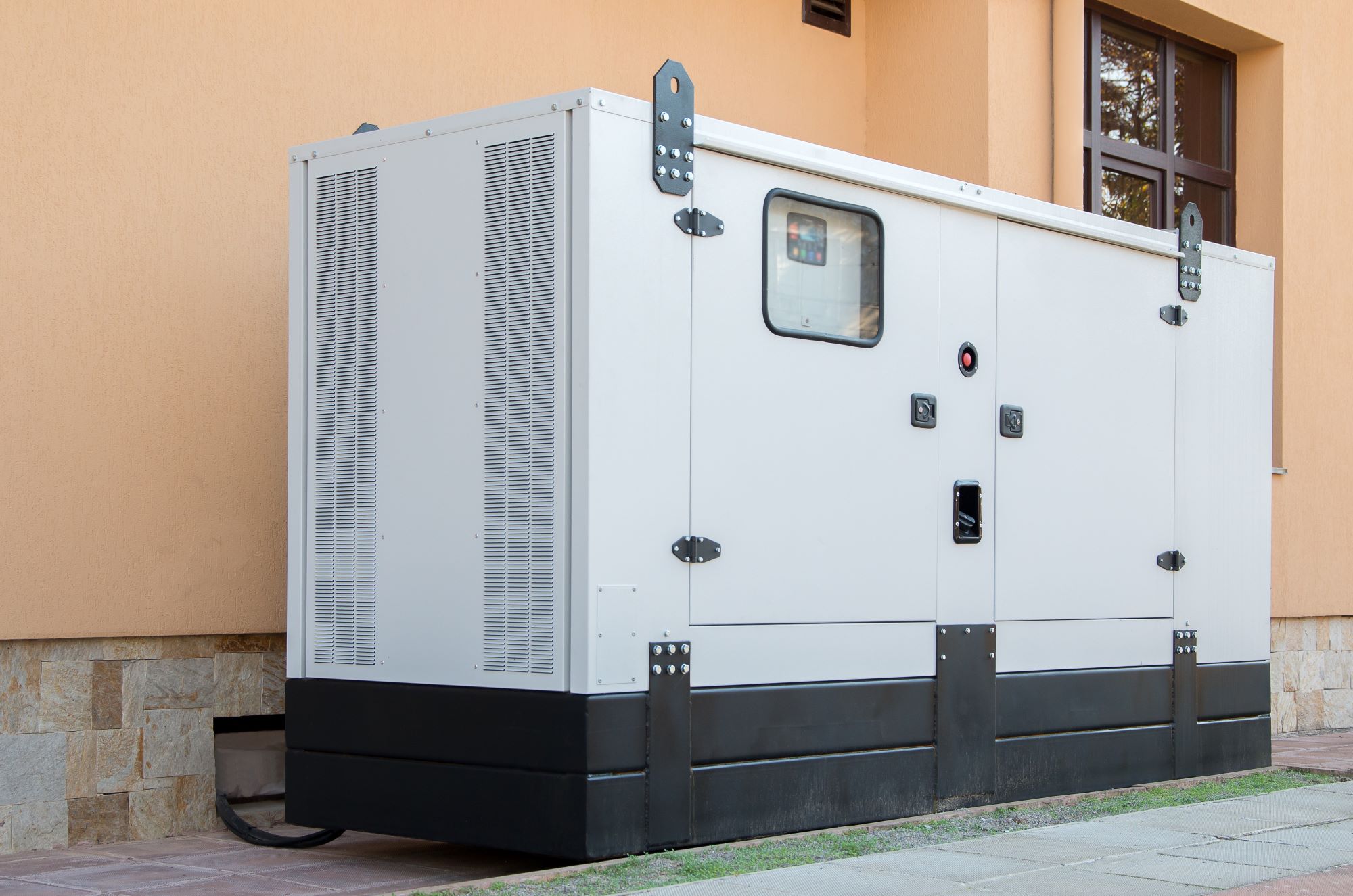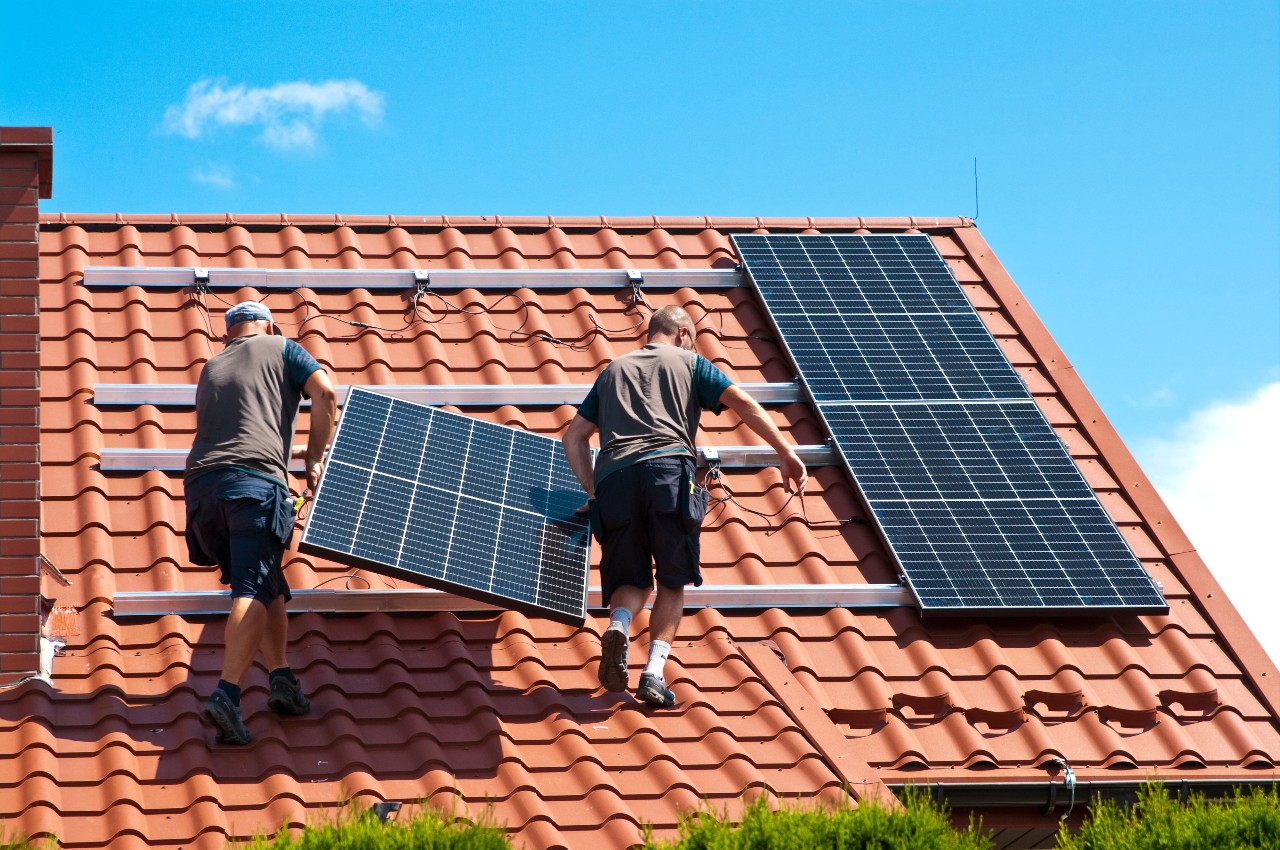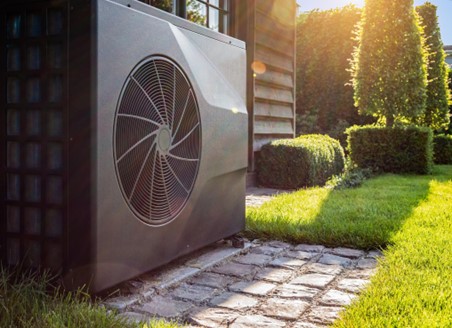American Cities Leading the Way in Renewable Energy
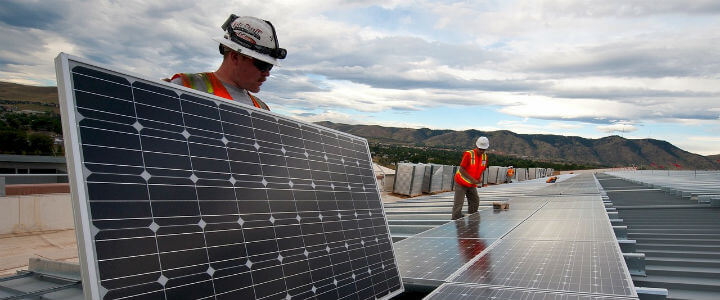
As the effects of climate change become clearer and many US cities still stuff from the effects of the Industrial Revolution, many cities across the U.S. are taking steps to take charge of their own futures by switching to renewable power production. The movement toward clean power stretches from one coast to the other, starting in the northeast and reaching as far away as Alaska.
The renewable resources that these cities are using include solar, wind, biomass and hydroelectric, all of which are in large enough supply locally to provide dependable power.
Burlington, VT
All of the electricity used in Burlington, VT is provided by renewable resources including hydroelectric, biomass and solar. The city purchased the Winooski One Hydroelectric plant in 2014, has wind turbines and solar arrays in place and operates the McNeil Generating Station. A nearby forest used for sustainable wood production provides wood chips for biomass power generation.
Greensburg, KS
Hit by a devastating tornado in 2007, Greensburg rebuilt the town and powers it almost completely with wind. Besides using renewable resources, it has the highest number of LEED (Leadership in Energy and Environmental Design) certified buildings per capita than any other place in the U.S. Its local health care facility has earned LEED Platinum status, the highest achievement in building design and construction.
Aspen, CO
Aspen was the second American city in the U.S. that has achieved its goal of using 100 percent renewable energy from wind and hydroelectric. The hydroelectric power comes from Maroon Creek and Ridgway Reservoir and wind-generated power generated in South Dakota and Nebraska. The town was a few years away from achieving its commitment to clean power using hydropower when it made the decision to augment the balance with wind power from neighboring states.
Its commitment to clean power comes as no surprise. As an affluent winter skiing destination, it’s been hard hit by the droughts that have plagued the western states and its residents actively pursue environmentally sound lifestyles and policies.
Las Vegas, NV
This American city powers all its municipal buildings using solar energy from the Boulder Solar 1 array, which lies south of Boulder City, just outside of Las Vegas’ southern city limits. Las Vegas also uses the electricity to power its street lights. Plans are in the works for the city’s many casino and hotels to convert their power use from fossil to renewable sources.
In spite of recent energy conversions, it had an early start using renewable energy. After being constructed in the 1930s, Hoover Dam began generating clean, renewable power in 1939. The dam lies just a few miles from the city and produces tremendous amounts of hydroelectric power, 23 percent of which is used in Nevada and 19 percent in Arizona.
Watt per watt, hydropower is the most efficient way to generate power that exists. It exceeds nuclear, power, natural gas and even solar and wind in terms of electricity generated per unit of fuel used to make it. However renewable and clean as it is, critics often cite the high environmental costs of hydropower in terms dam construction and loss of habitat.
San Diego
San Diego adopted a Climate Action Plan that will rely nearly entirely on solar power. The region has taken a giant leap forward in meeting its goals with regard to putting sunshine to good use. The Claude Lewis Carlsbad Desalination Plant in Carlsbad currently delivers 50 million gallons of potable water to the region each day using sunshine.




